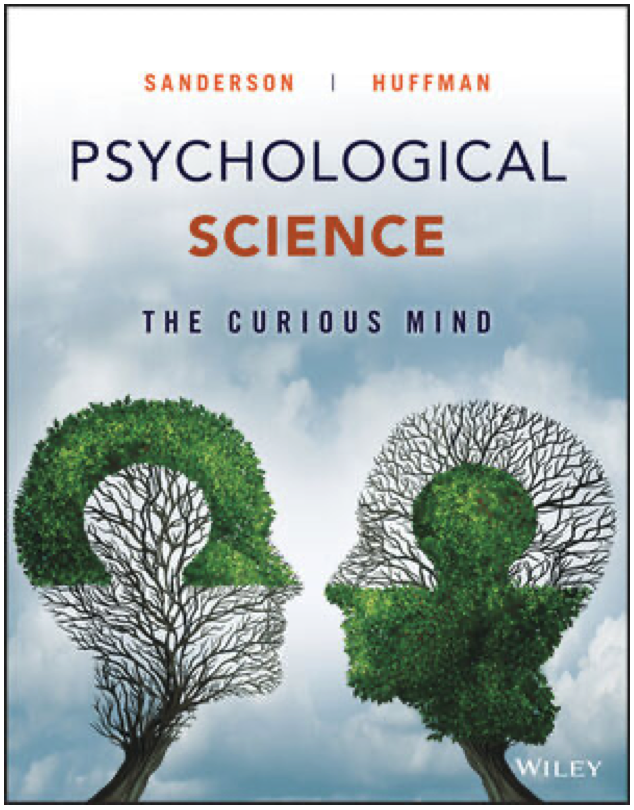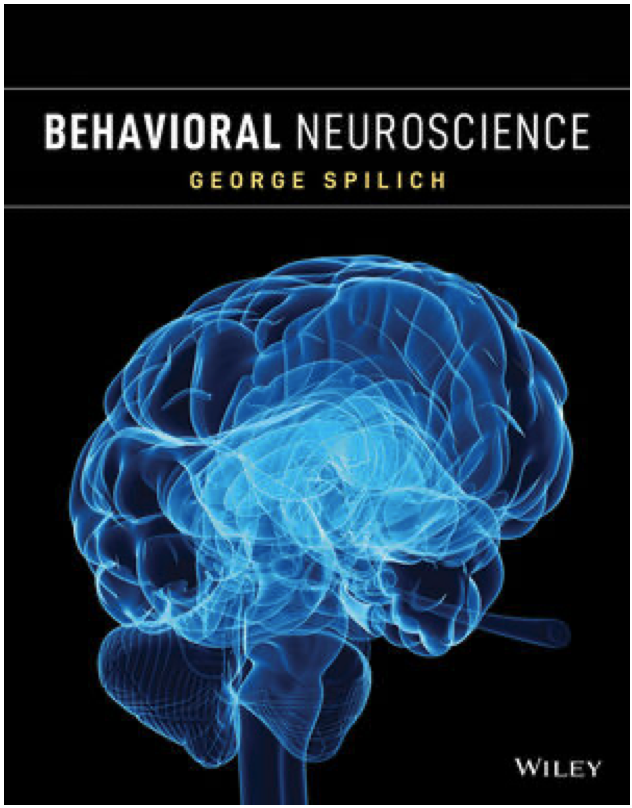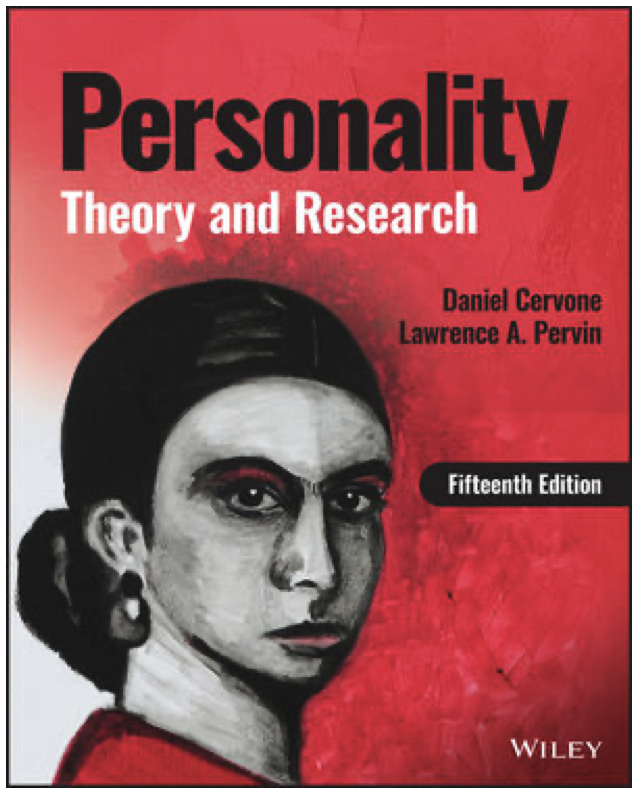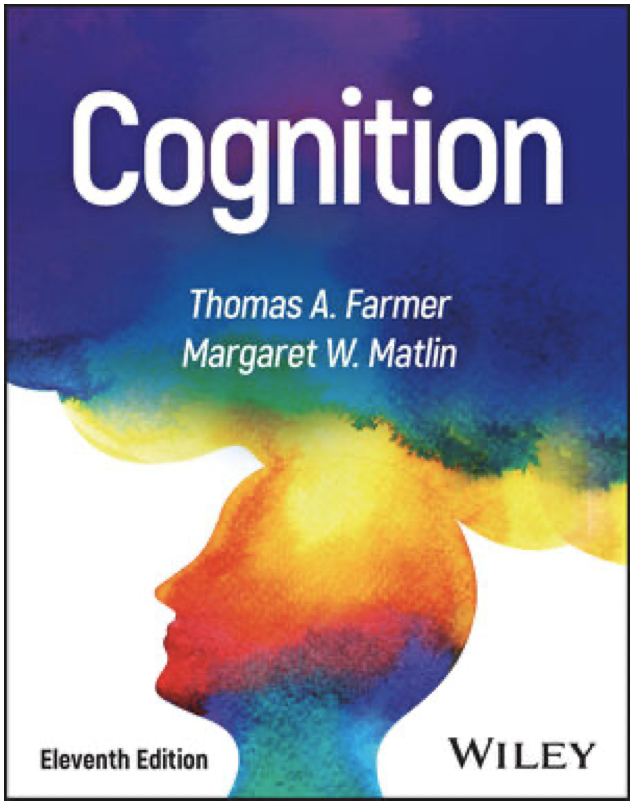3 ARTICLES RELATED TO PTSD TREATMENT
ARTICLE #1
After PTSD, More Trauma
DESCRIPTION
“David J. Morris, a former Marine infantry officer, is the author of the forthcoming book “The Evil Hours: A Biography of Post-Traumatic Stress Disorder.” Mr. Morris describes his life after serving in the military and suffering intense PTSD (Post Traumatic Stress Disorder). He describes his experiences with the VA (Veterans Administration) system in his attempt to get treatment. Further, he elaborates on the treatment that made him worse not better. He also discusses his road to recovery.
SOURCE
New York Times, January 17, 2015, by By David J. Morris
LINK TO RESOURCE
http://opinionator.blogs.nytimes.com/2015/01/17/after-ptsd-more-trauma/
ARTICLE #2
What Does a Parrot Know About PTSD?
DESCRIPTION
This is a wonderful lovely story (relatively long from the New York Times Magazine, and as such will likely engage the reader. Though on the surface this is a story of “animal-assisted therapy” for veterans suffering from trauma and PTSD, it is a story of those so hurt serving the country finding their way to a human connection by taking care of traumatized parrots. Yes, traumatized parrots that have been abandoned by their owners and themselves suffering. Forgive the anthropomorphism in such a description but it holds water after reading the article.
The article focuses around a number of wounded veterans and parrots who manage to bond and heal in the bonding. “They’re also being seized upon as a source of mutual healing for some of the most psychologically scarred members of both species.” The story follows a number of therapists who have have worked with both the veterans and parrots and made the serendipitous discovery about working with the PTSD in both species. “Their deep need to connect is drawing the most severely wounded and isolated PTSD sufferers out of themselves. In an extraordinary example of symbiosis, two entirely different outcasts of human aggression — war and entrapment — are somehow helping each other to find their way again.”
Though this sounds much like poetic overtones, the text covers PTSD, therapy, and brain science for both the veterans and parrots. Very engaging!
SOURCE
New York Times Magazine, January 28, 2016, by Charles Siebert
LINK TO RESOURCE
(Tiny URL) http://tinyurl.com/zey4ony
ARTICLE #3
How Effective Are PTSD Treatments for Veterans?
DESCRIPTION
Are there effective treatments for PTSD? Recent research suggests that about “while up to 70% of the men and women who received CPT (cognitive processing therapy) or PE (prolonged exposure) experienced symptom improvements, around two-thirds of people receiving the treatments still met the criteria for a PTSD diagnosis after treatment.” There have been other therapies used as well as variation of mindfulness with stress reduction and present centered focus. Similarly, while there is improvement, the diagnosis due to the symptom intensity is not lifted. The end of the article has a link that will take the reader to resources for help and support. That website is listed in this week’s (March 6, 2016) Psychology Website of the Week.
SOURCE
Time Magazine, August 4, 2015, by Alexandra Sifferlin
LINK TO RESOURCE
http://time.com/3982440/ptsd-veterans
CLASS DISCUSSION QUESTIONS
•What is PTSD? What are the causes, triggers, and symptoms?
What does the diagnosis entail? That is, how is the diagnosis made?
•What types of therapy are employed for PTSD as described by David Morris? What is the efficacy of the treatment? The pros and cons of each as described by the author?
•The Time Magazine article discusses the efficacy of PE and CPT as therapies for PTSD. According to the article, how effective are these treatments?
•Can parrots display symptoms of PTSD or mental health concerns? The New York Times article discusses this phenomenon. According to the article, what is the benefit of “animal assisted therapy” to both the suffering veteran and the parrot?







Leave a Reply